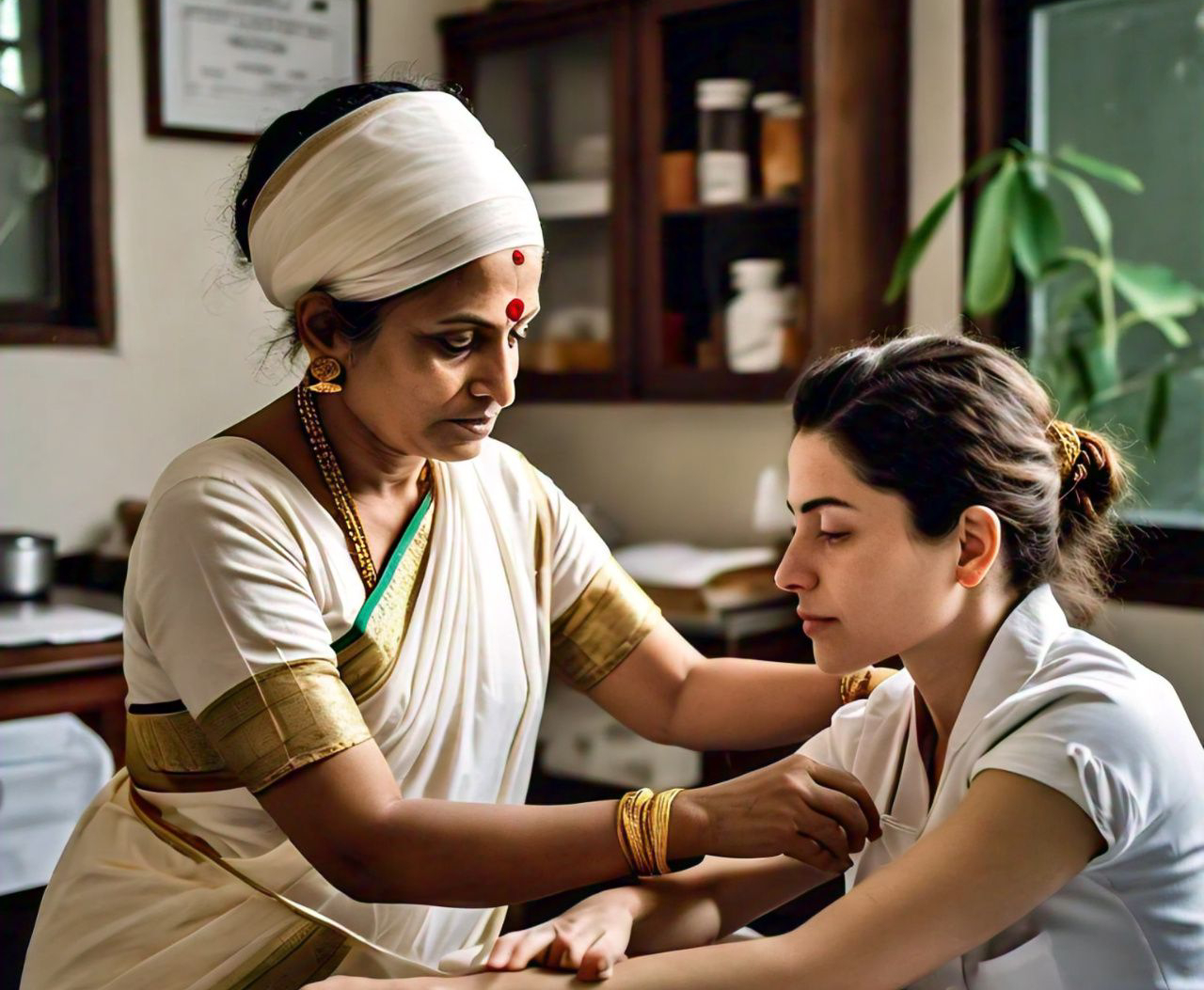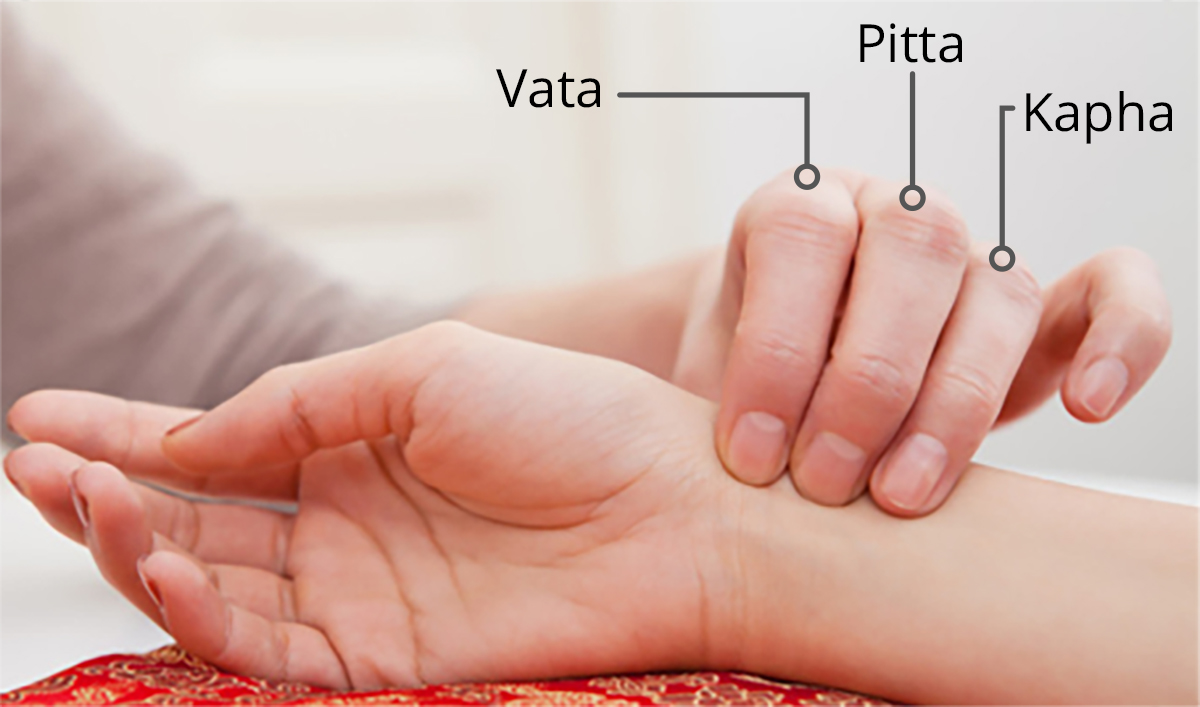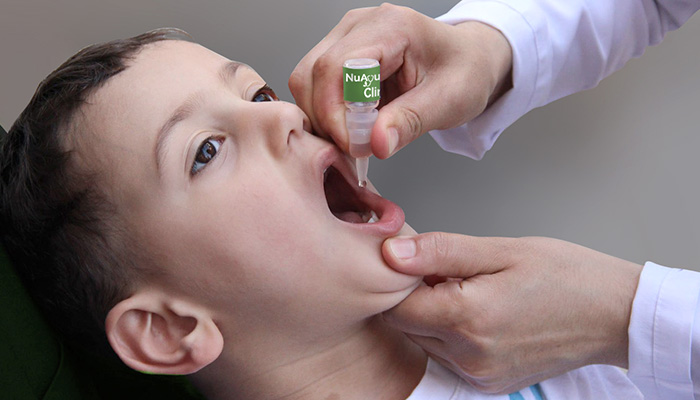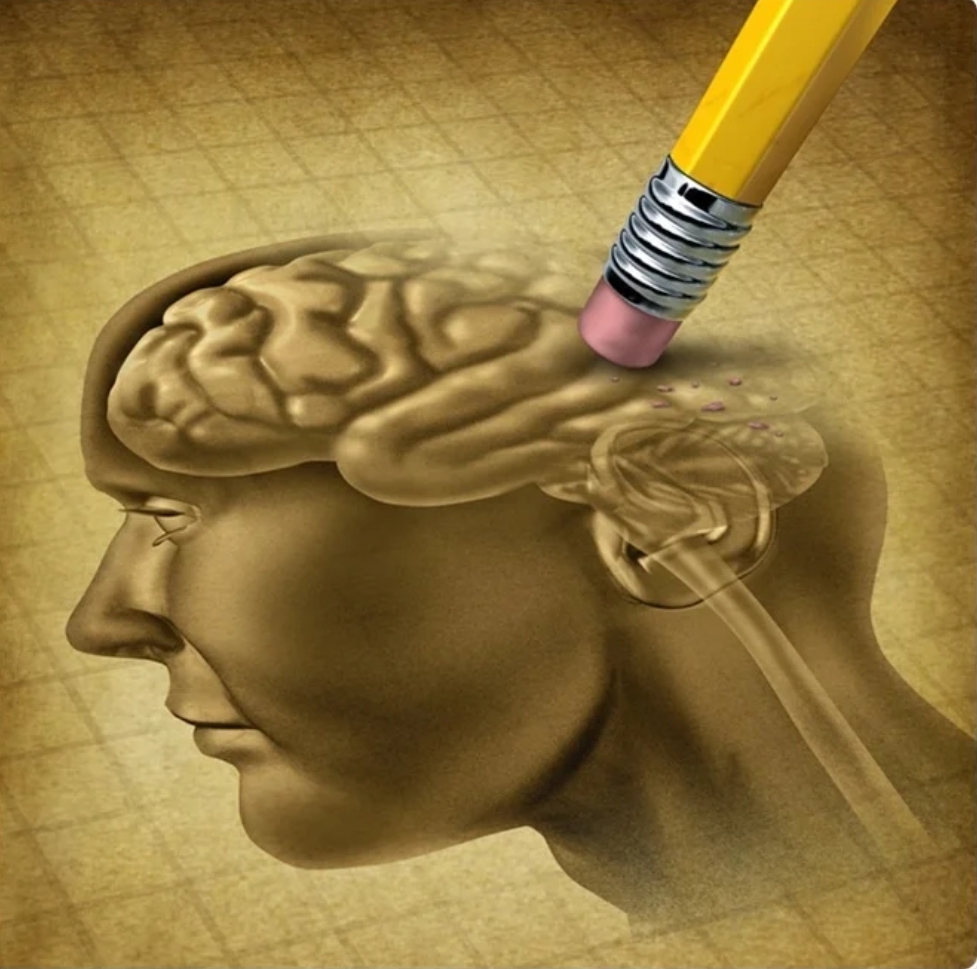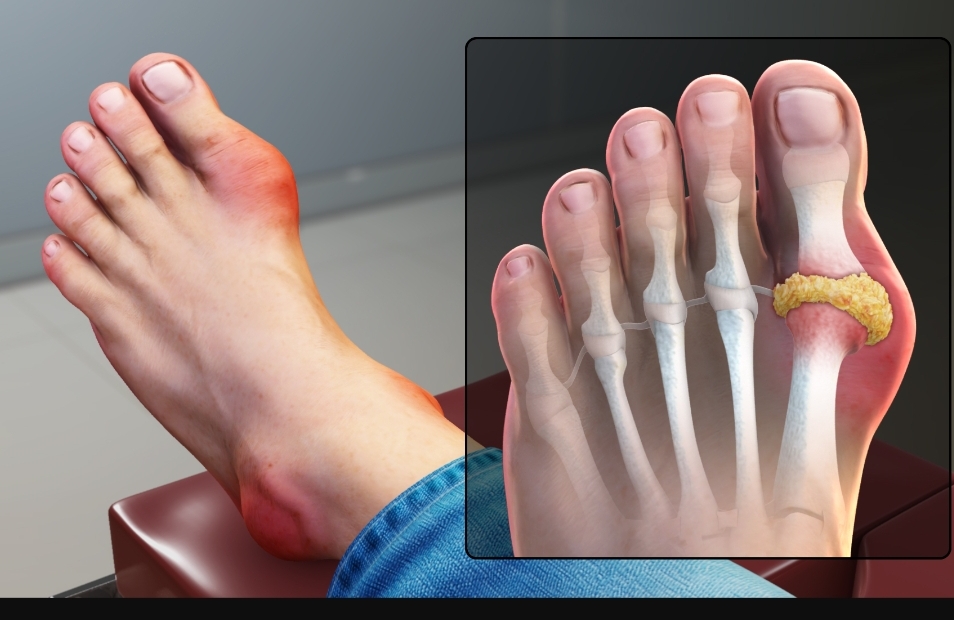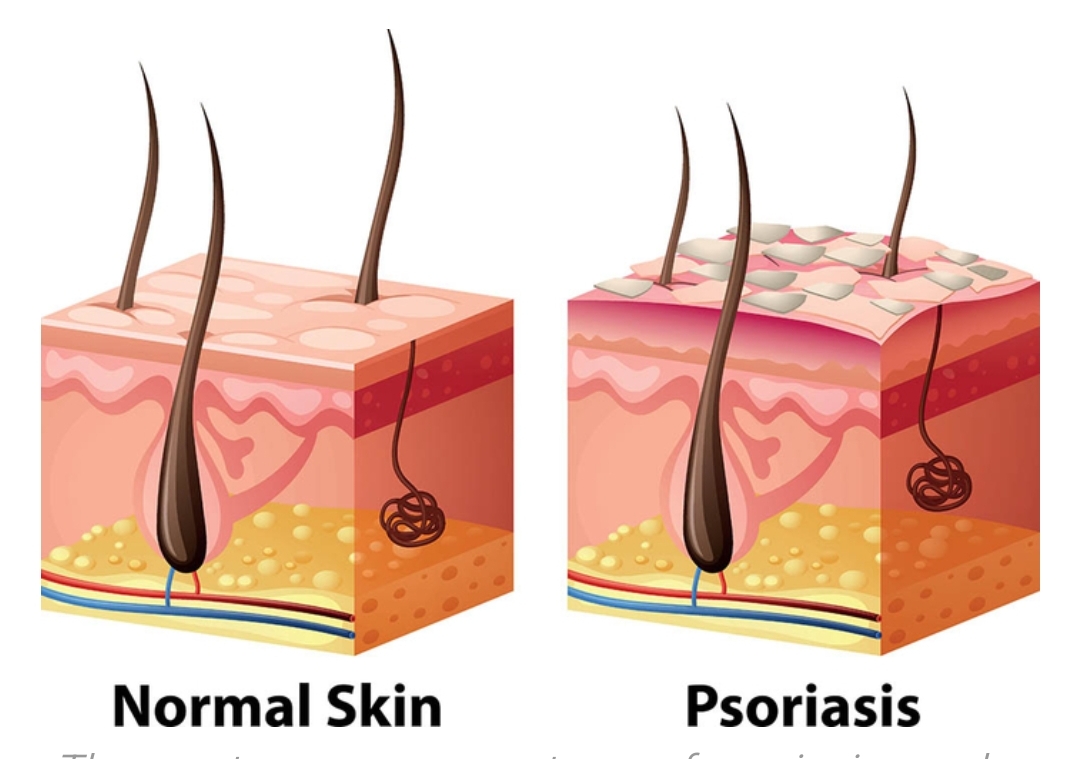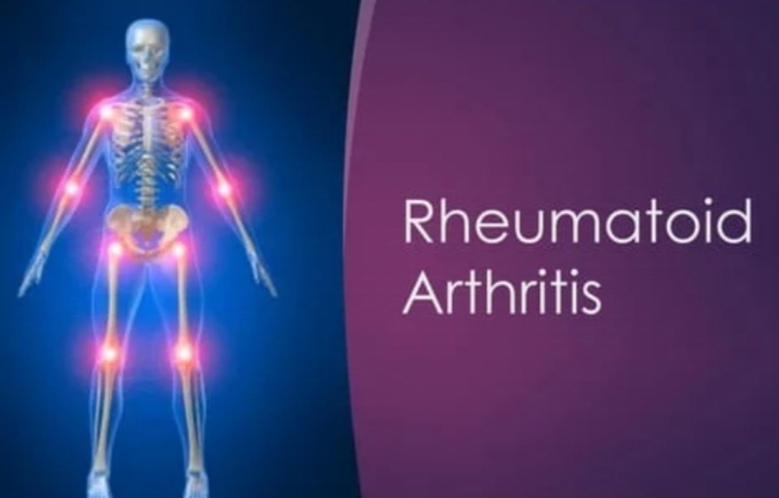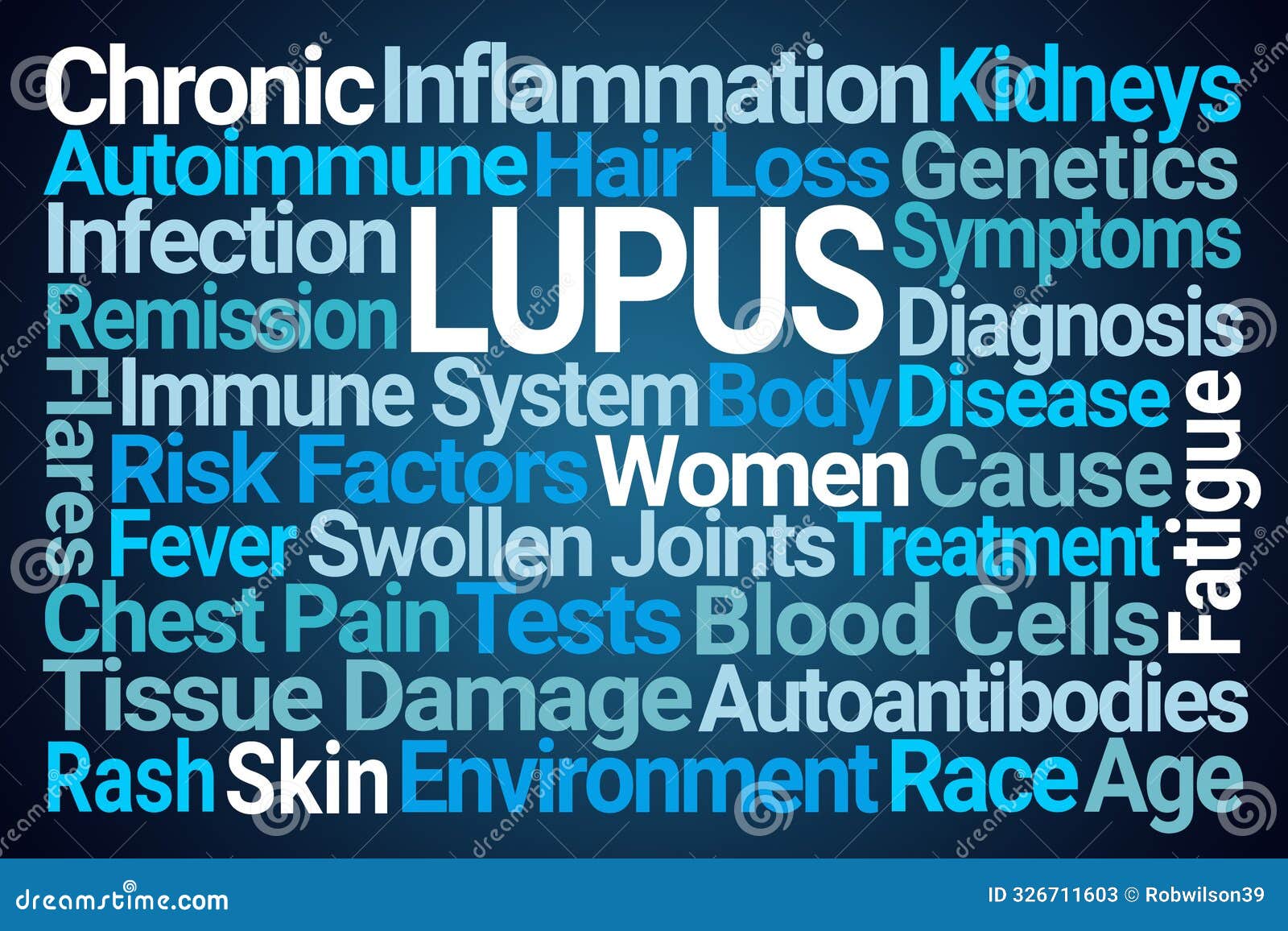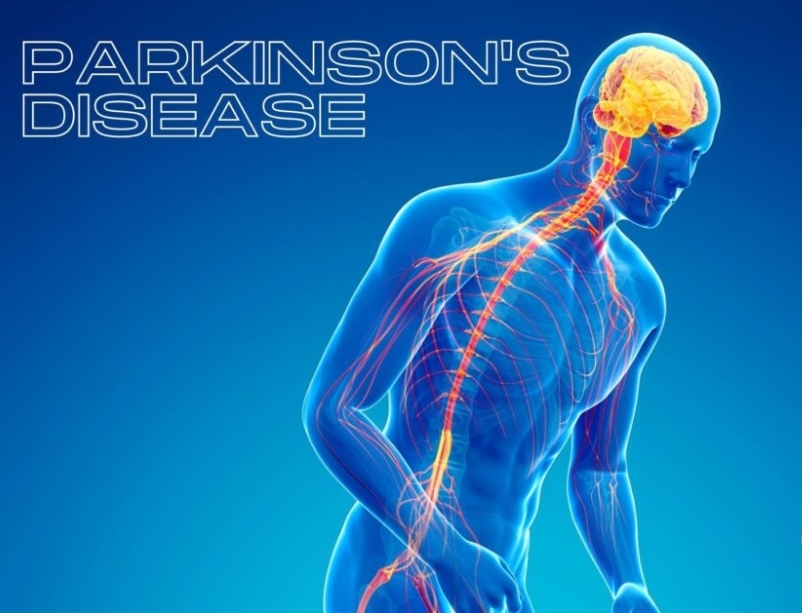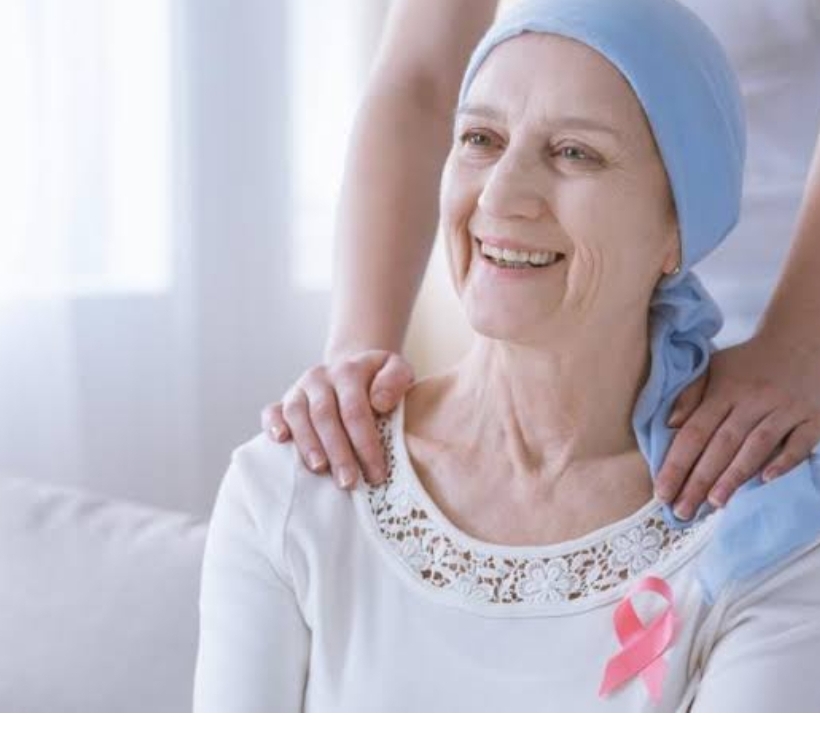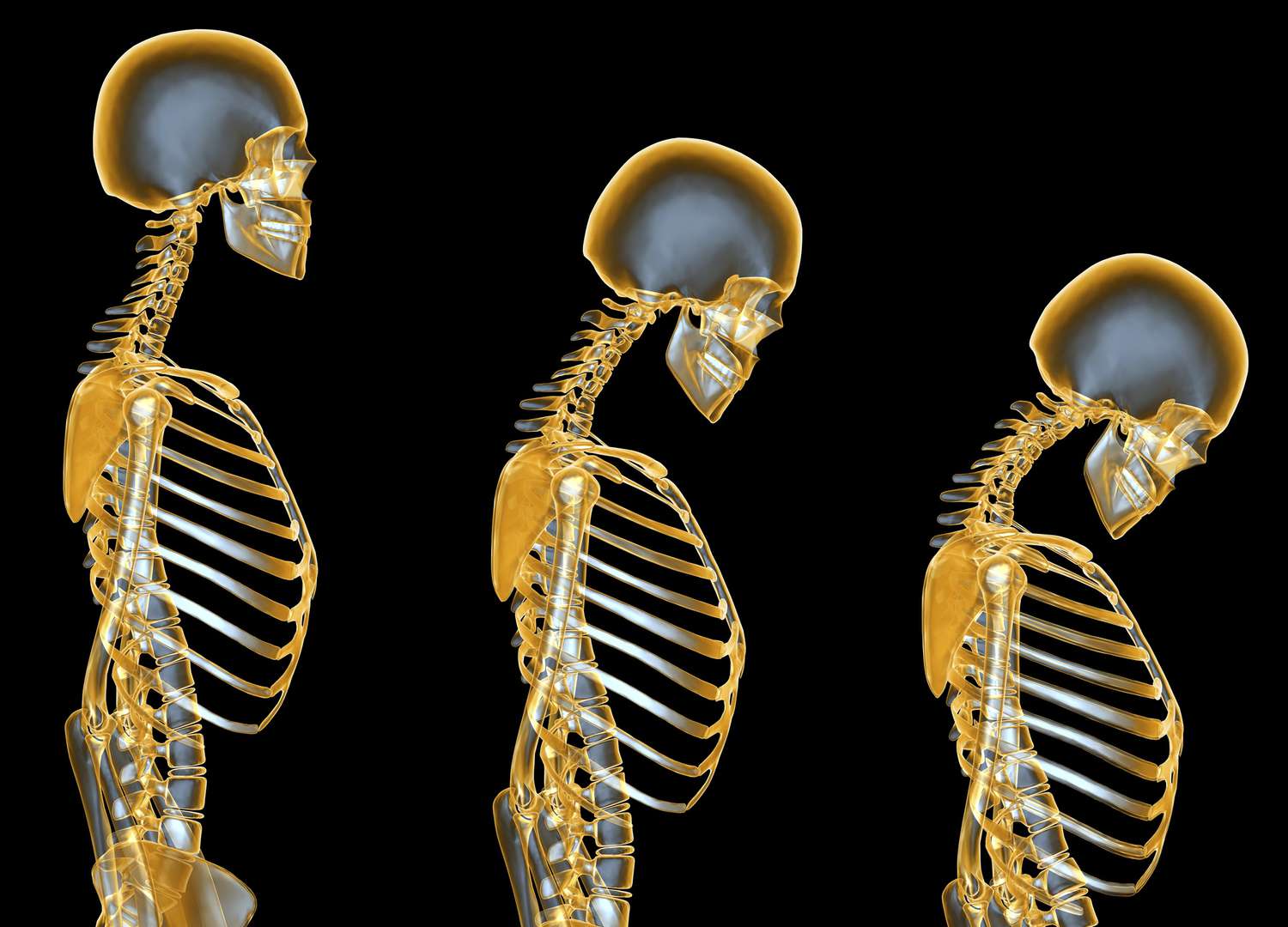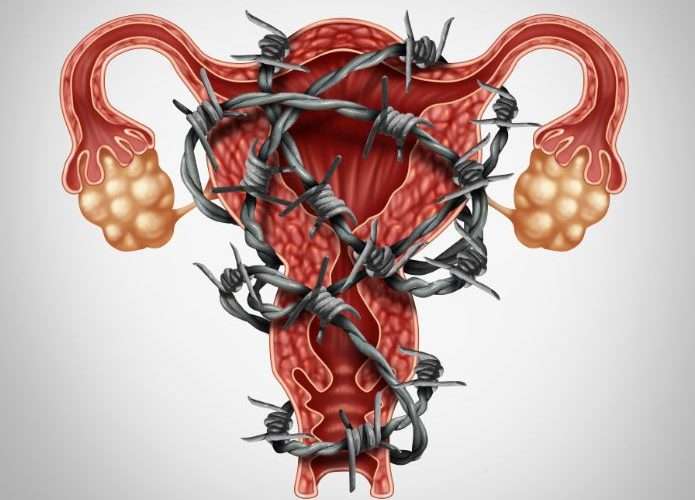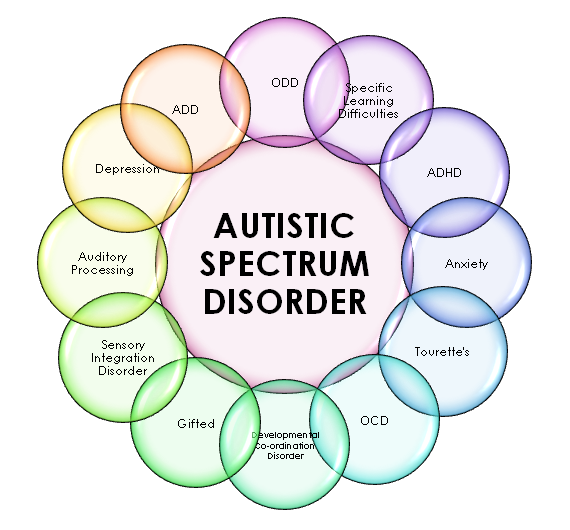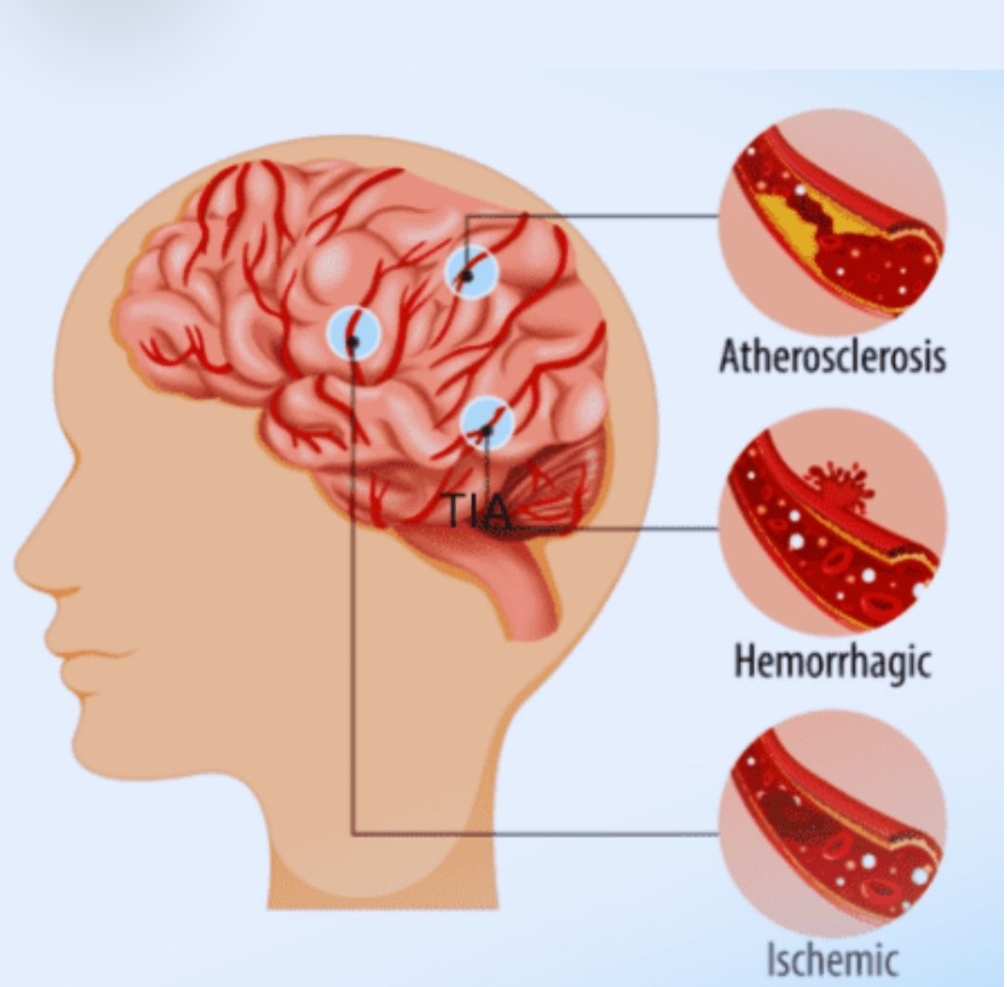
Stroke / Paralysis
What is Stroke?
A stroke occurs when the blood supply to the brain is interrupted, either due to a blockage (ischemic stroke) or rupture (hemorrhagic stroke) of blood vessels. This interruption deprives the brain of oxygen and nutrients, leading to damage or death of brain cells. Stroke is a medical emergency that requires immediate attention.
What is Paralysis?
One potential consequence of stroke is paralysis, which is the loss of muscle function or sensation in a part of the body. The extent and location of paralysis depend on the area of the brain affected by the stroke. Hemiparesis (weakness on one side of the body) or hemiplegia (paralysis on one side of the body) are common forms of paralysis resulting from stroke. In some cases, paralysis can be temporary and resolve with rehabilitation, while in other cases, it can be permanent.
Rehabilitation plays a crucial role in recovering from stroke-induced paralysis. A multidisciplinary team of healthcare professionals, including physical therapists, occupational therapists, and speech therapists, work together to help patients regain lost functions. Rehabilitation strategies include physical exercises to improve mobility and strength, cognitive training to enhance brain function, and adaptive techniques to compensate for persistent deficits.
Types of Stroke
1. Ischemic Stroke (87% of all strokes): Caused by blockage of blood flow to the brain due to:
- Blood clots (thrombosis or embolism)
- Atherosclerosis (plaque buildup in arteries)
- Blood vessel narrowing or spasm
2. Hemorrhagic Stroke (13% of all strokes): Caused by bleeding in or around the brain due to:
- Ruptured aneurysm (balloon-like blood vessel)
- Arteriovenous malformation (abnormal blood vessel connection)
- High blood pressure
- Trauma
3. Transient Ischemic Attack (TIA or "Mini-Stroke"): Temporary disruption of blood flow, resolving within 24 hours, often a warning sign for future stroke.
Common Causes and Risk Factors:
1. High blood pressure
2. Atherosclerosis
3. Diabetes
4. High cholesterol
5. Smoking
6. Obesity
7. Physical inactivity
8. Family history of stroke
9. Age (risk increases after 55)
10. Previous stroke or TIA
11. Heart conditions (e.g., atrial fibrillation)
12. Blood disorders (e.g., sickle cell disease)
Paralysis treatment in Ayurveda
In Ayurveda, paralysis is known as "Pakshaghata" and is considered a disorder of the nervous system. It is believed to occur due to an imbalance of the three doshas (Vata, Pitta, and Kapha) and is often associated with Vata dosha imbalance. Ayurvedic treatment aims to restore balance to the doshas, nourish and strengthen the nervous system, and promote overall well-being..At Gayatri's Heritage Ayurveda we do Nadi Pariksha to find out the level of imbalance ,especially Vata in the body and treatment is assigned accordingly.
Ayurvedic Treatment Approaches
Ayurvedic treatment for paralysis typically involves a multi-faceted approach:
1. Panchakarma Therapy: Detoxification and cleansing procedures such as Abhyangam (oil massage), Anuvasana (oil enema), and Nasyam (nasal administration of herbal oils) help remove toxins and balance doshas.
2. Herbal Medicines: Herbs like Ashwagandha, Shankhpushpi, and Yashtimadhu are used to nourish and strengthen the nervous system.
3. Dietary Changes: A customized diet plan focusing on warm, nourishing, and easy-to-digest foods like rice, dal, and ghee helps balance doshas.
4. Yoga and Physical Therapy: Gentle exercises like yoga, physical therapy, and occupational therapy help improve mobility and strength.
5. Massage Therapy: Regular massage with herbal oils helps improve circulation, reduce muscle stiffness, and promote relaxation.
Specific Ayurvedic Formulations
Some specific Ayurvedic formulations used in treating paralysis include:
1. Maharasnadi Kwath: A herbal decoction that helps balance Vata dosha and nourish the nervous system.
2. Dhanwantaram Oil: A herbal oil used for massage and external application to promote muscle strength and relaxation.
3. Ksheerabala Oil: A herbal oil used for internal consumption and external application to nourish the nervous system.
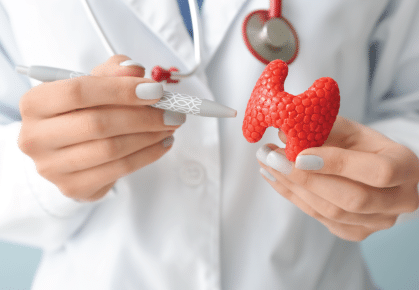


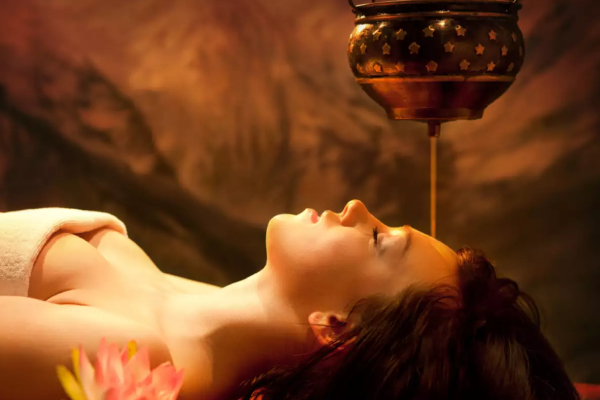
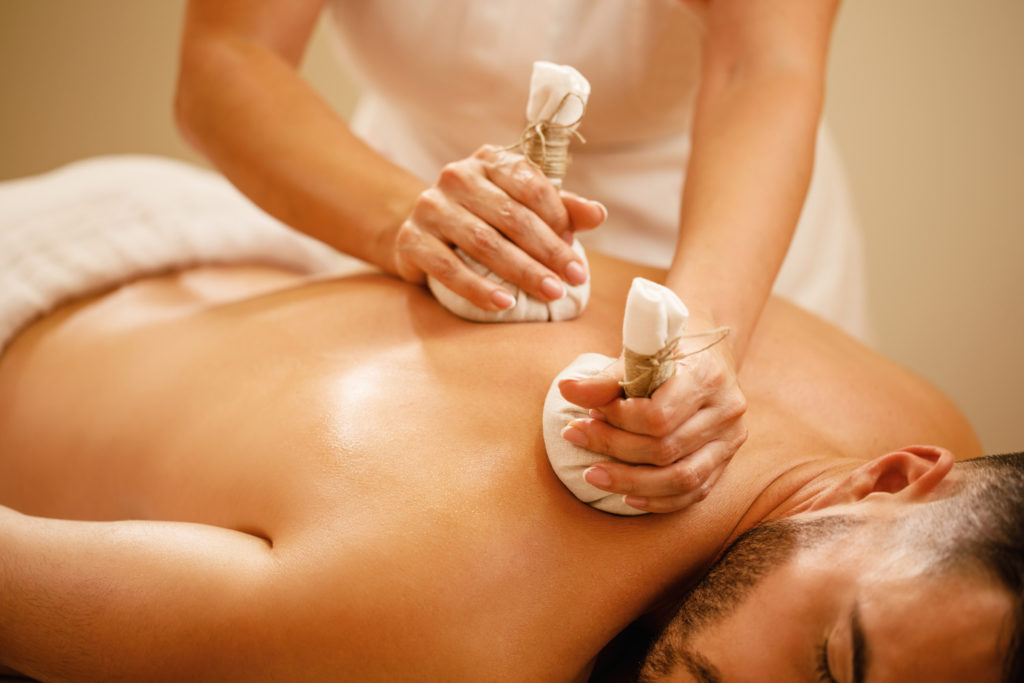
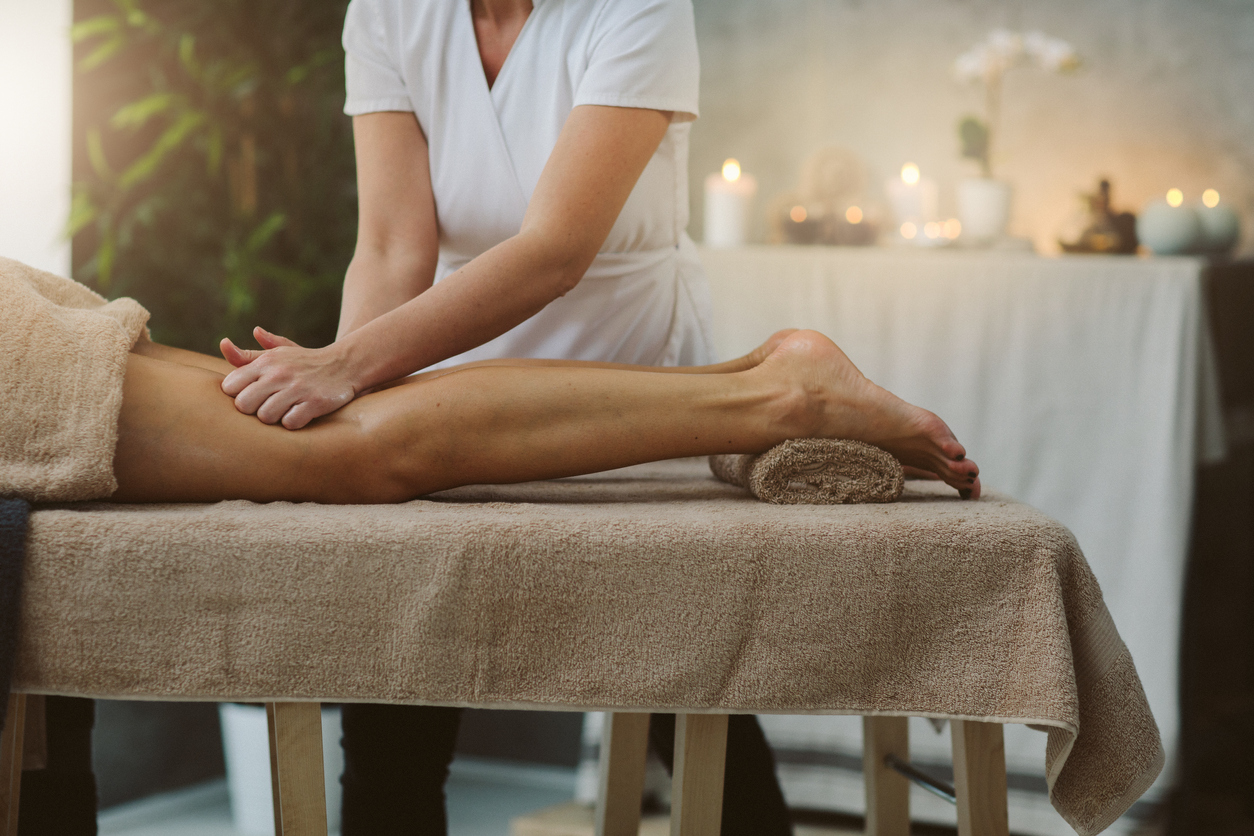


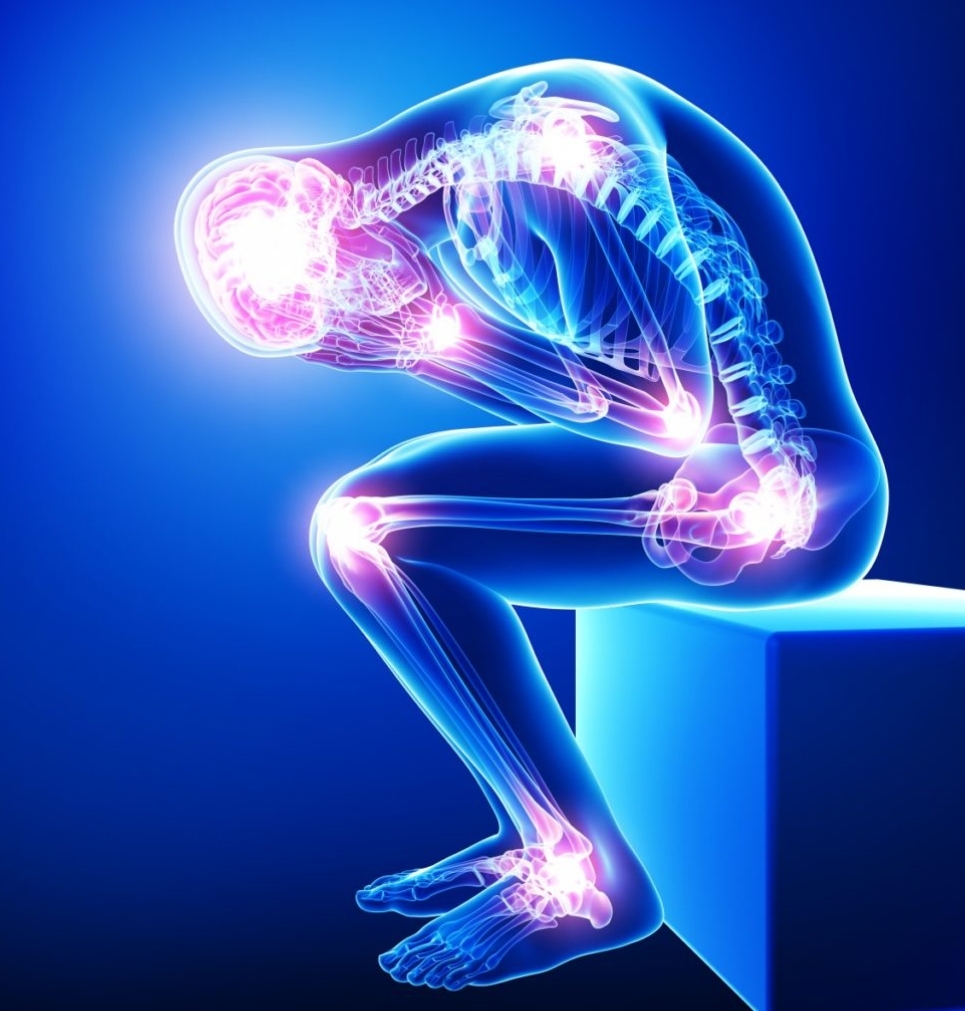
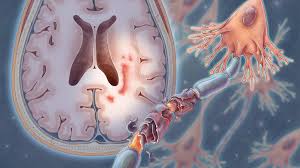
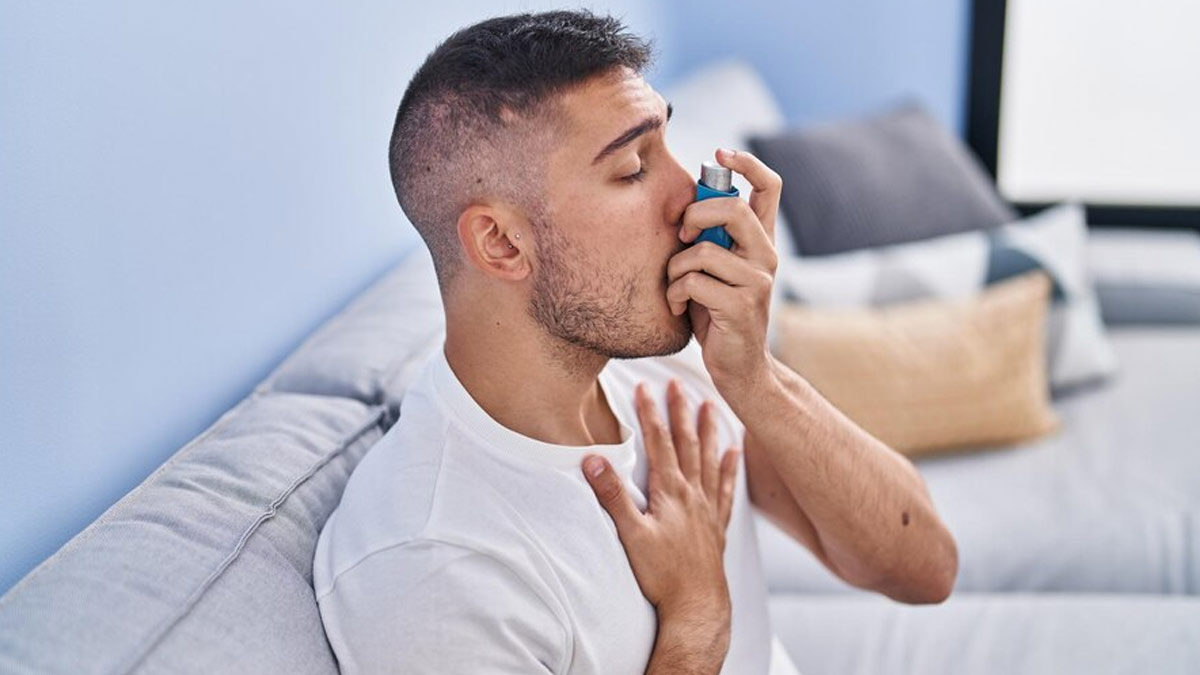
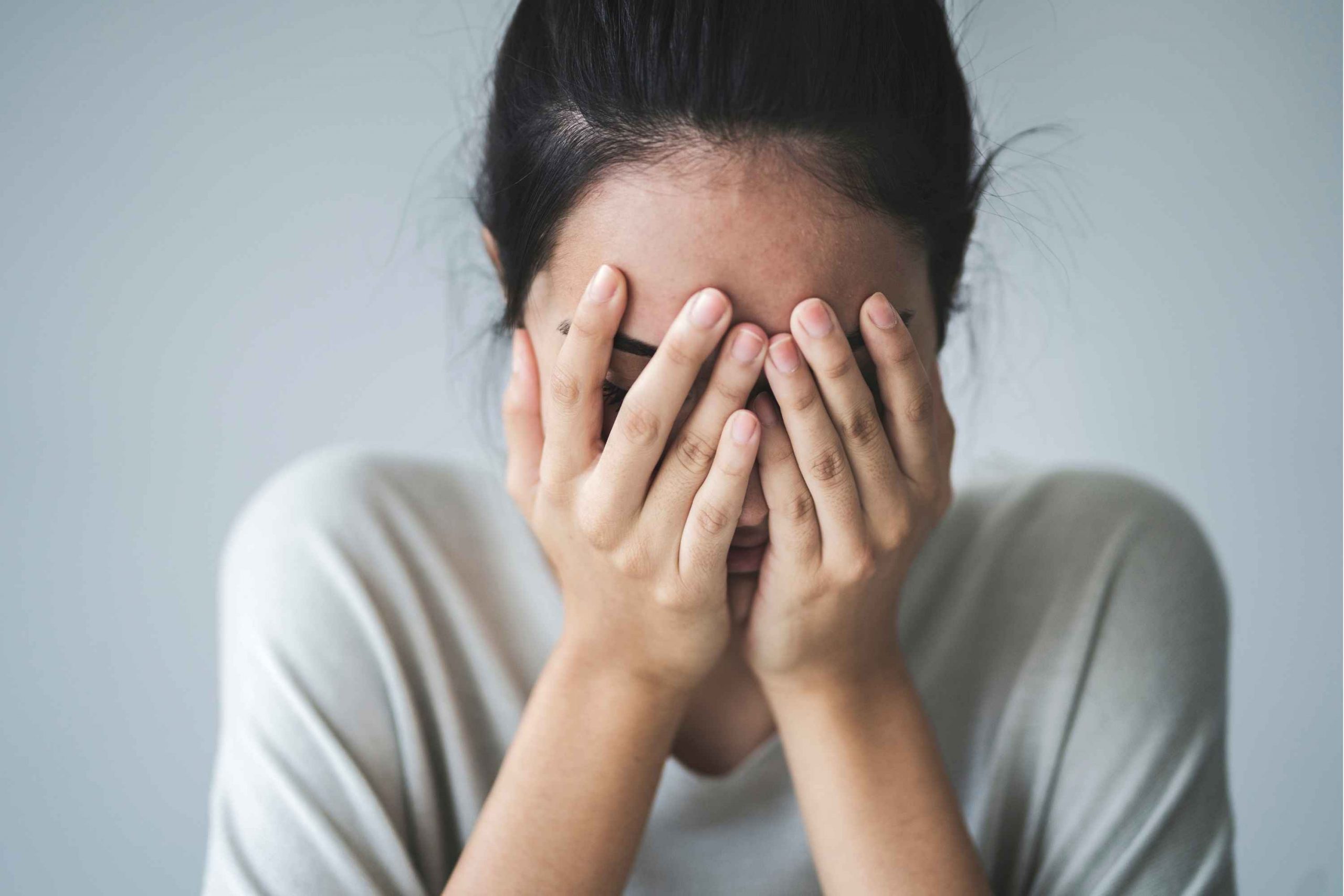
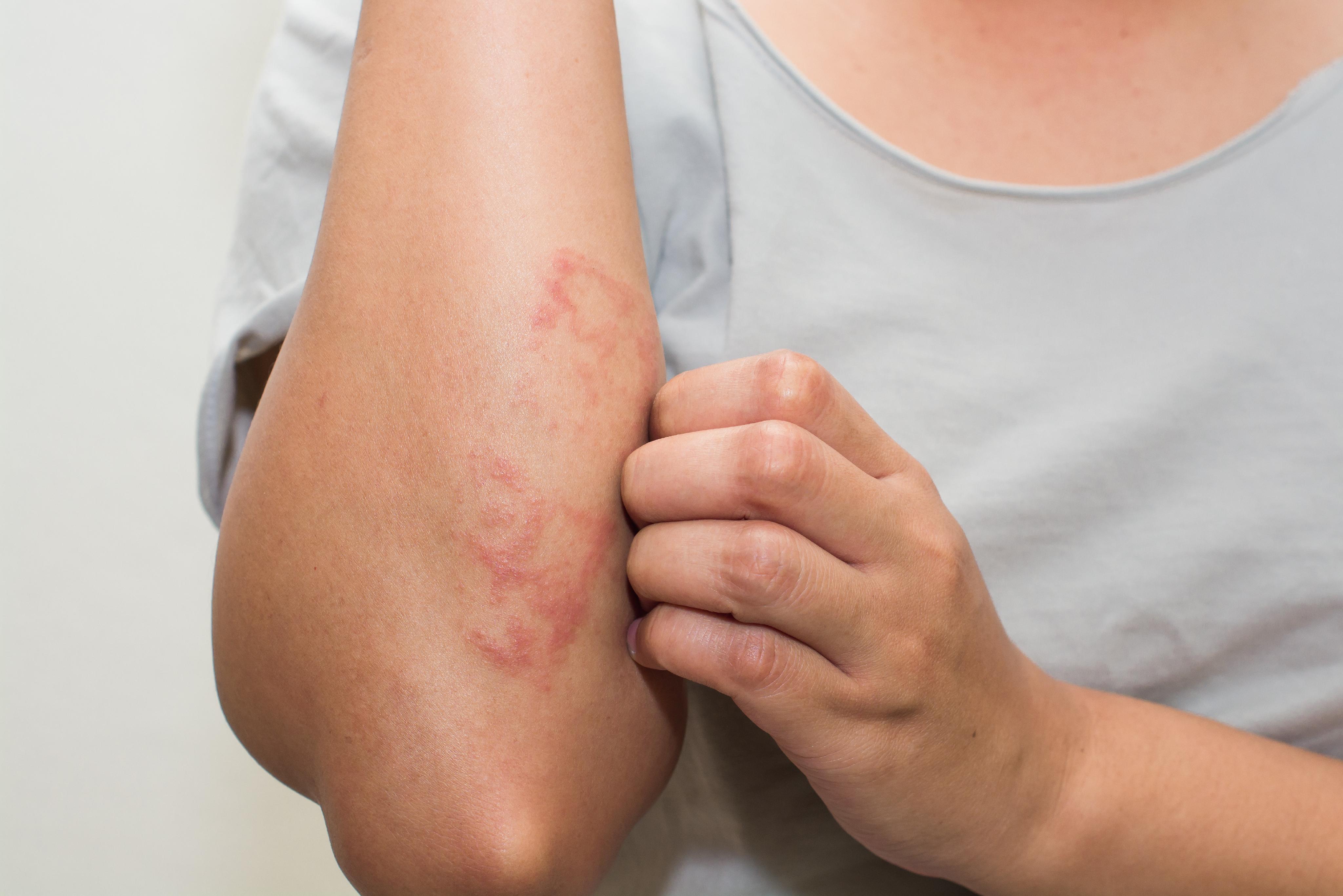
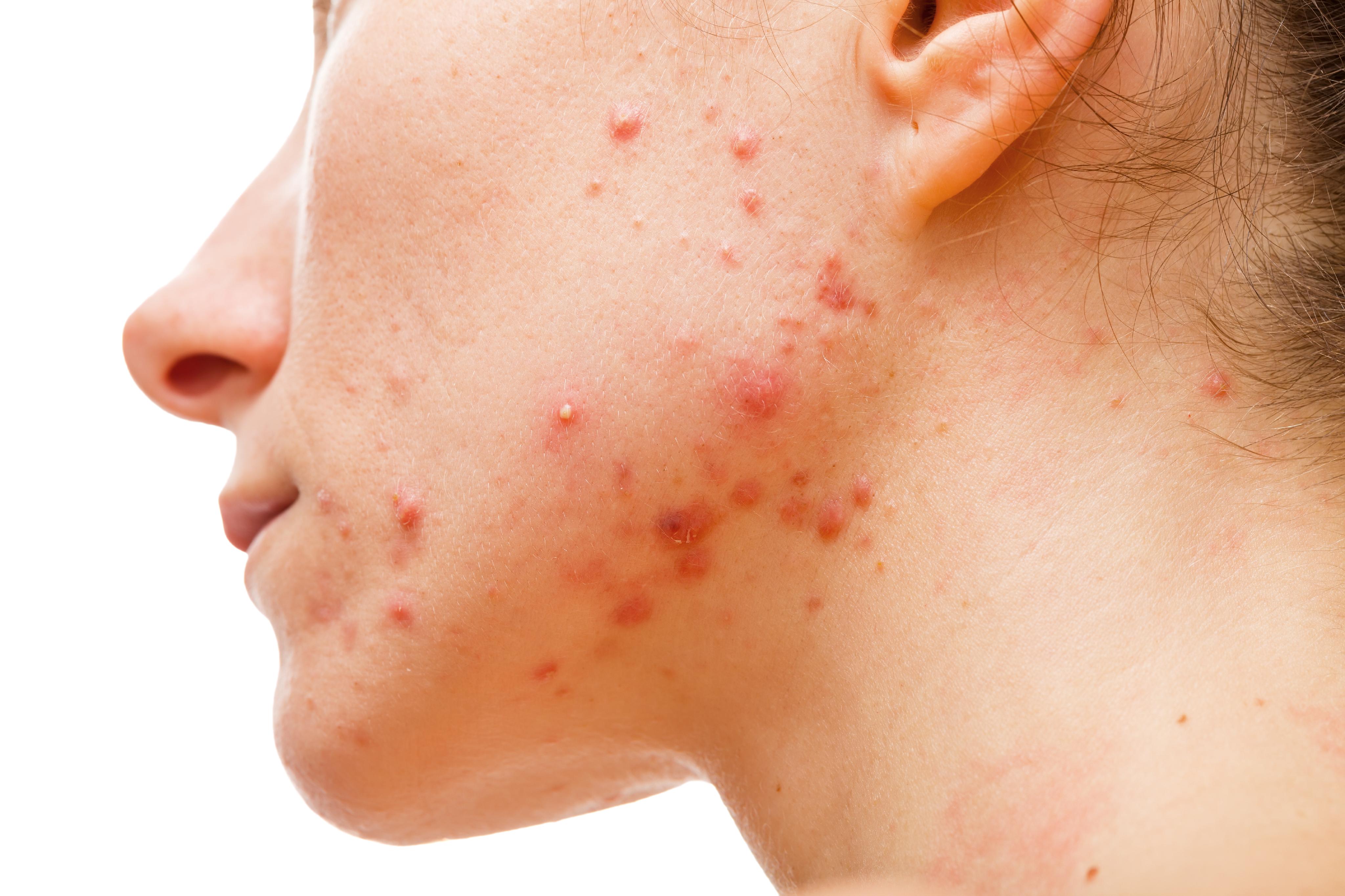
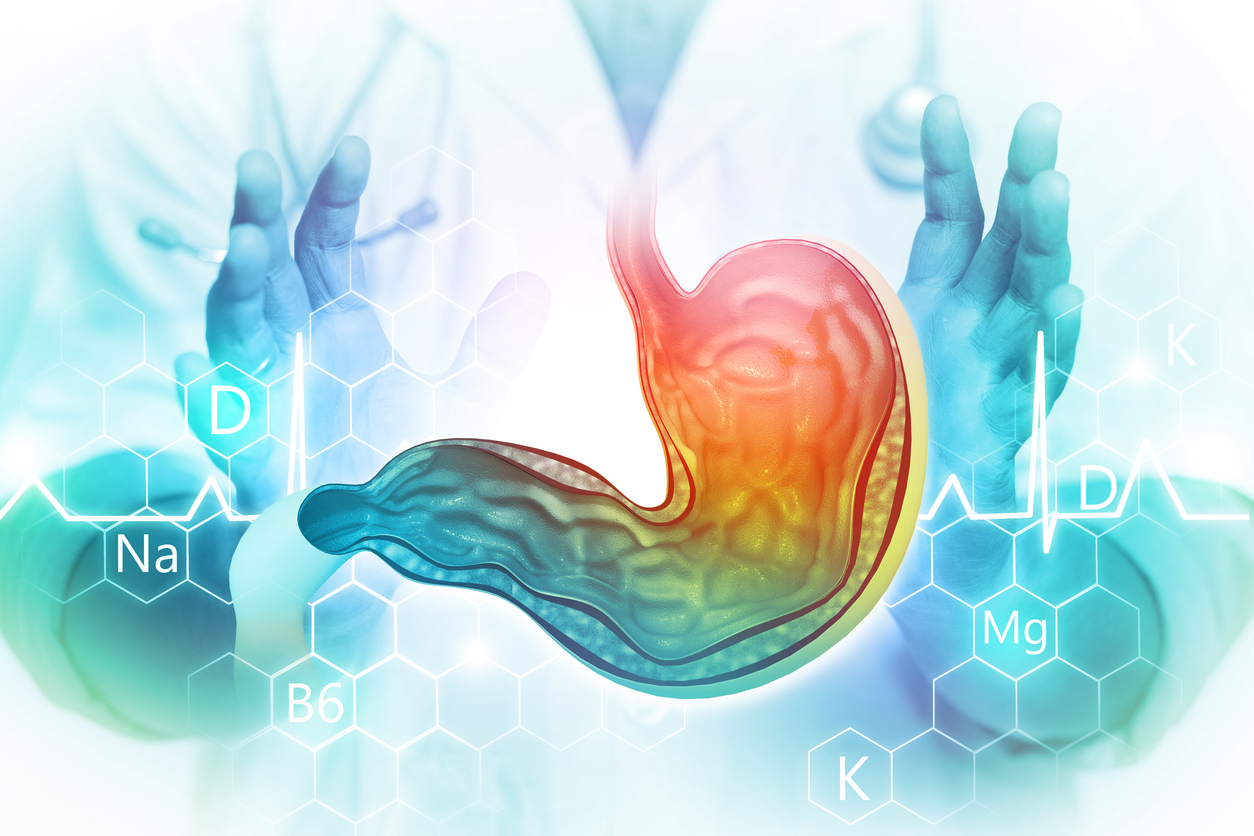
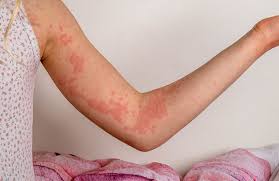
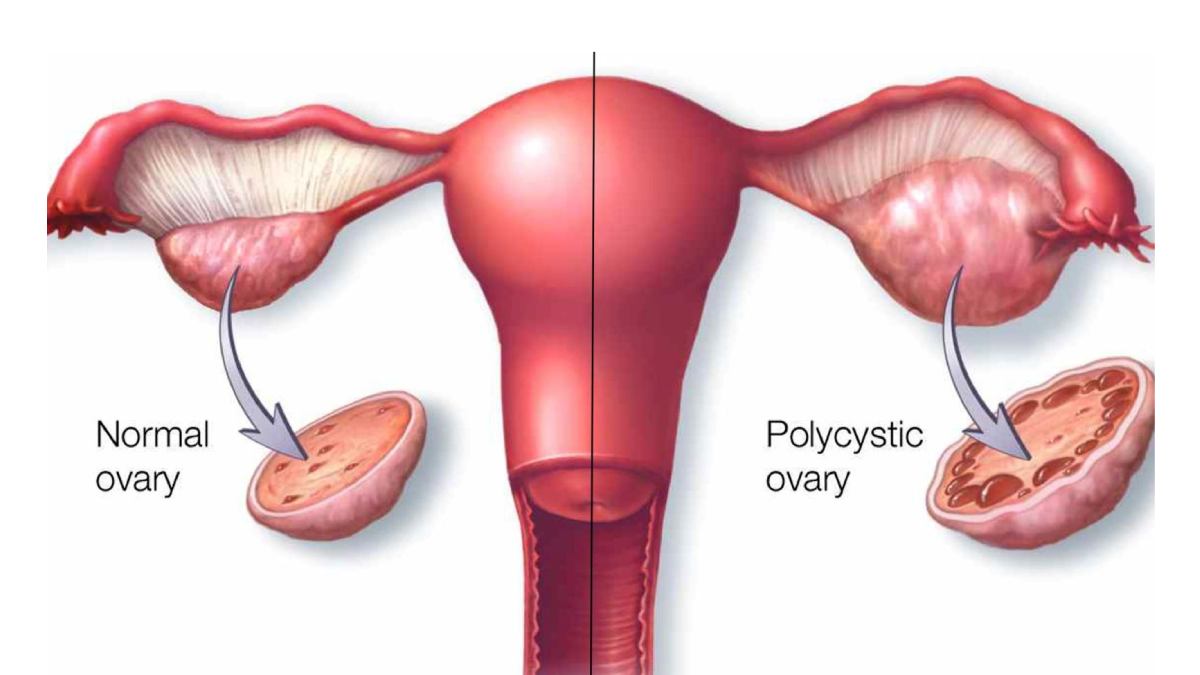
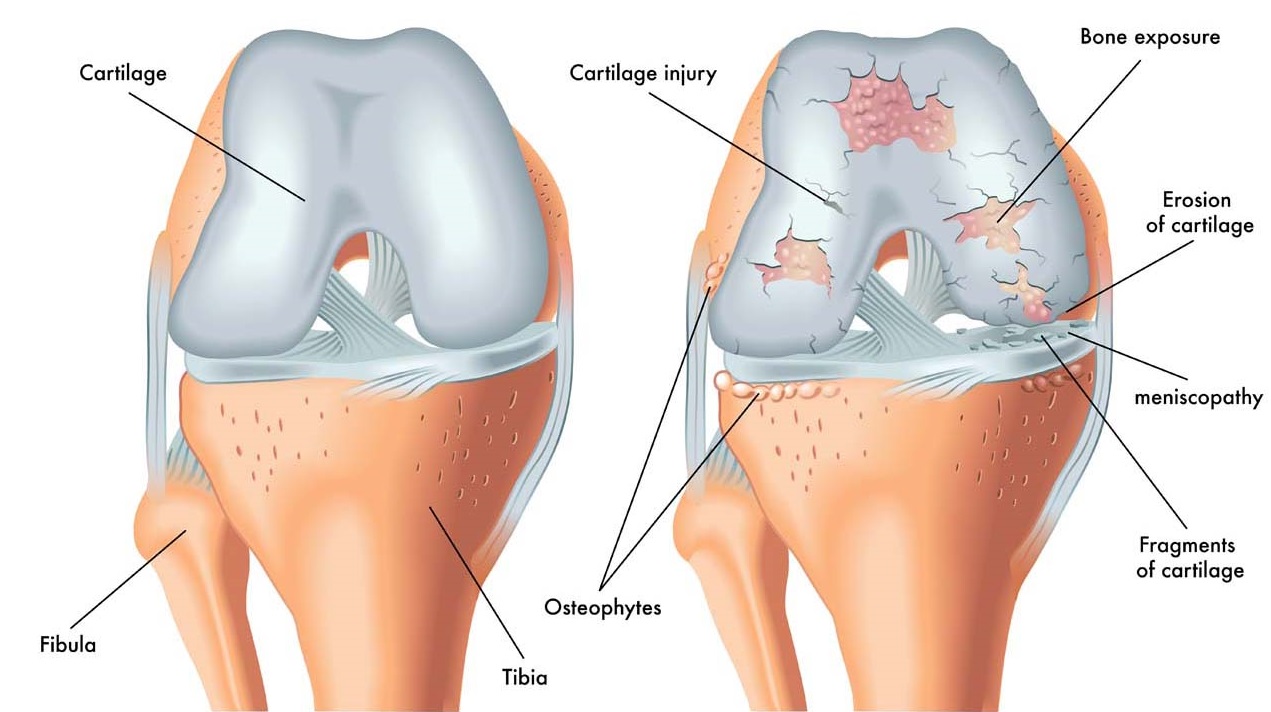
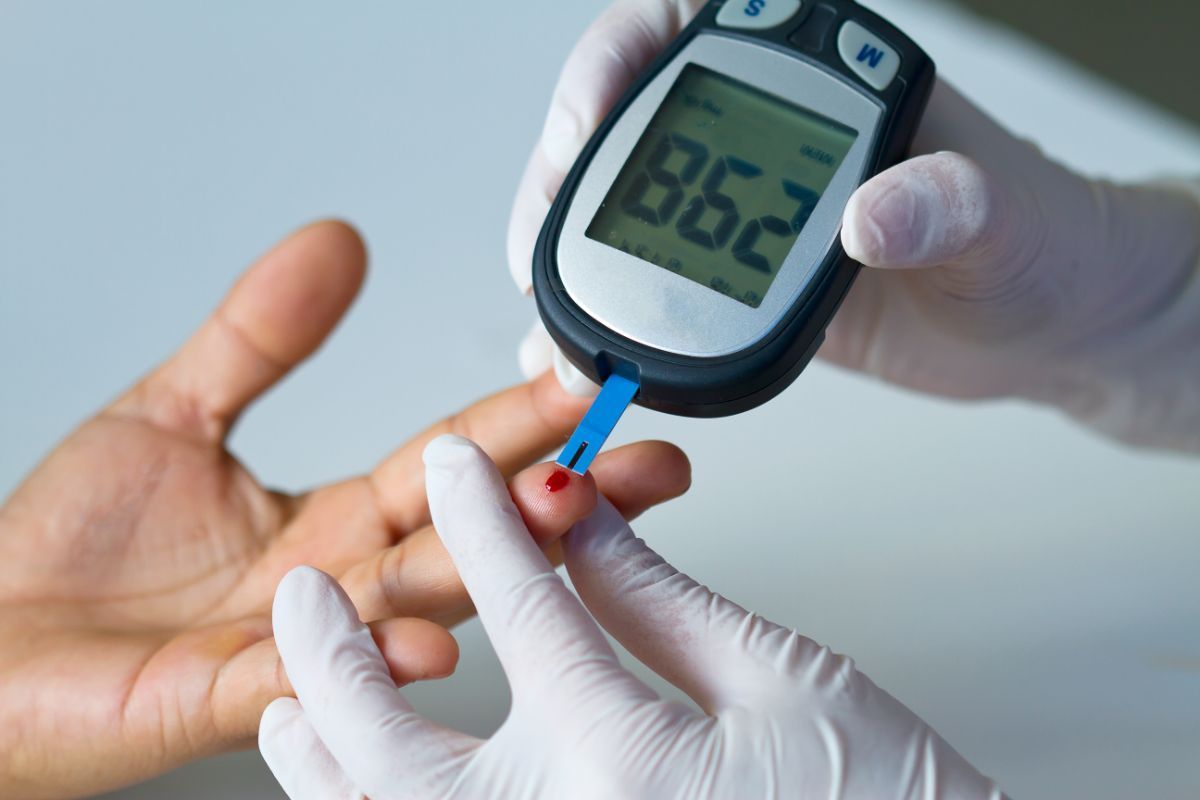
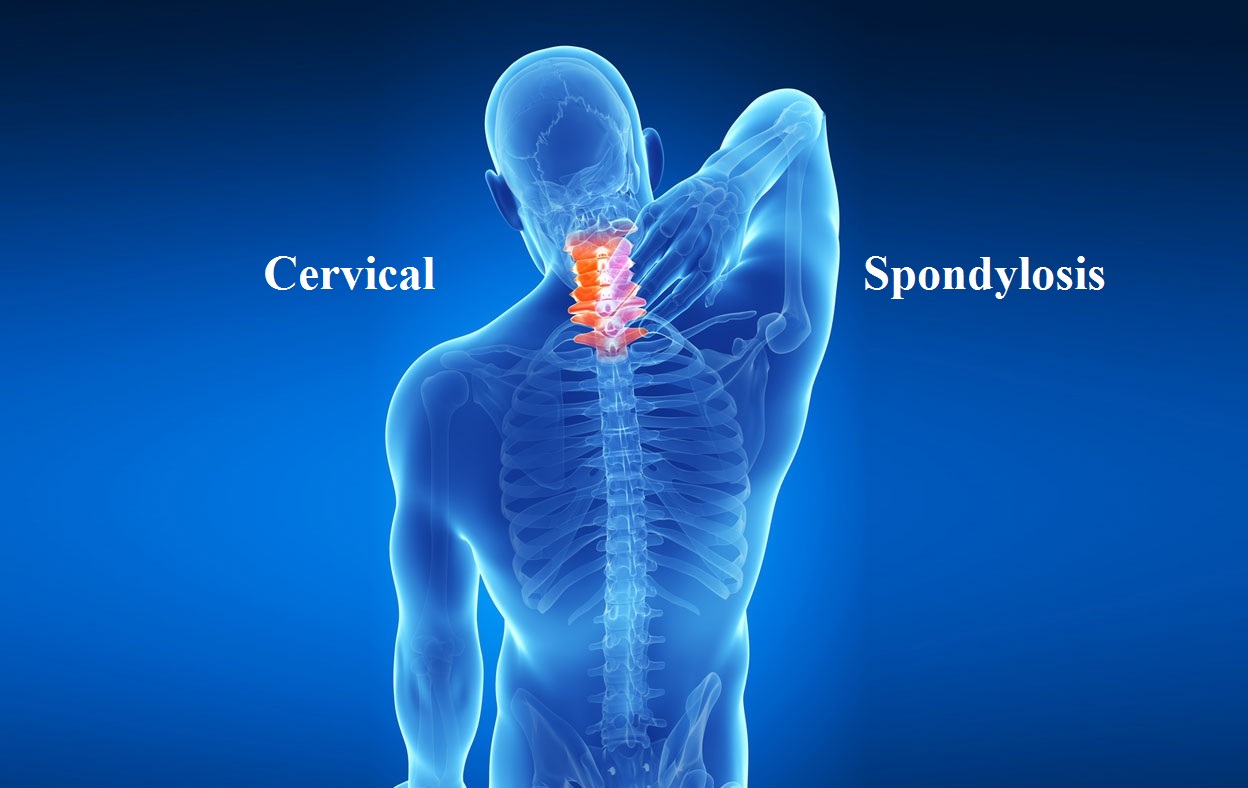
.jpg)
